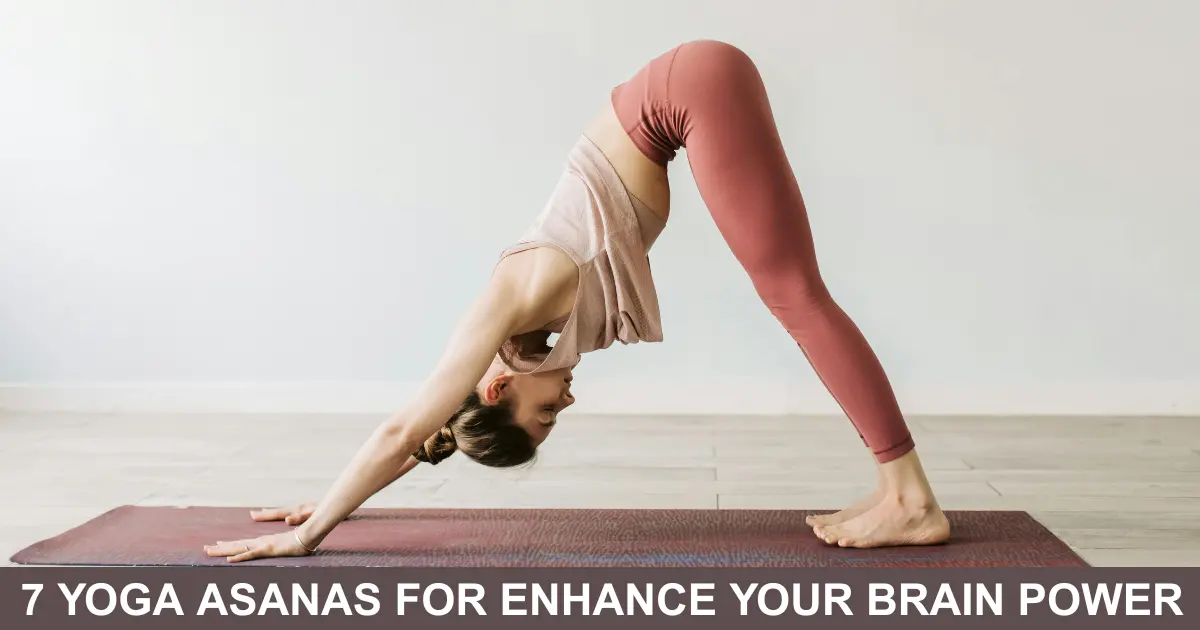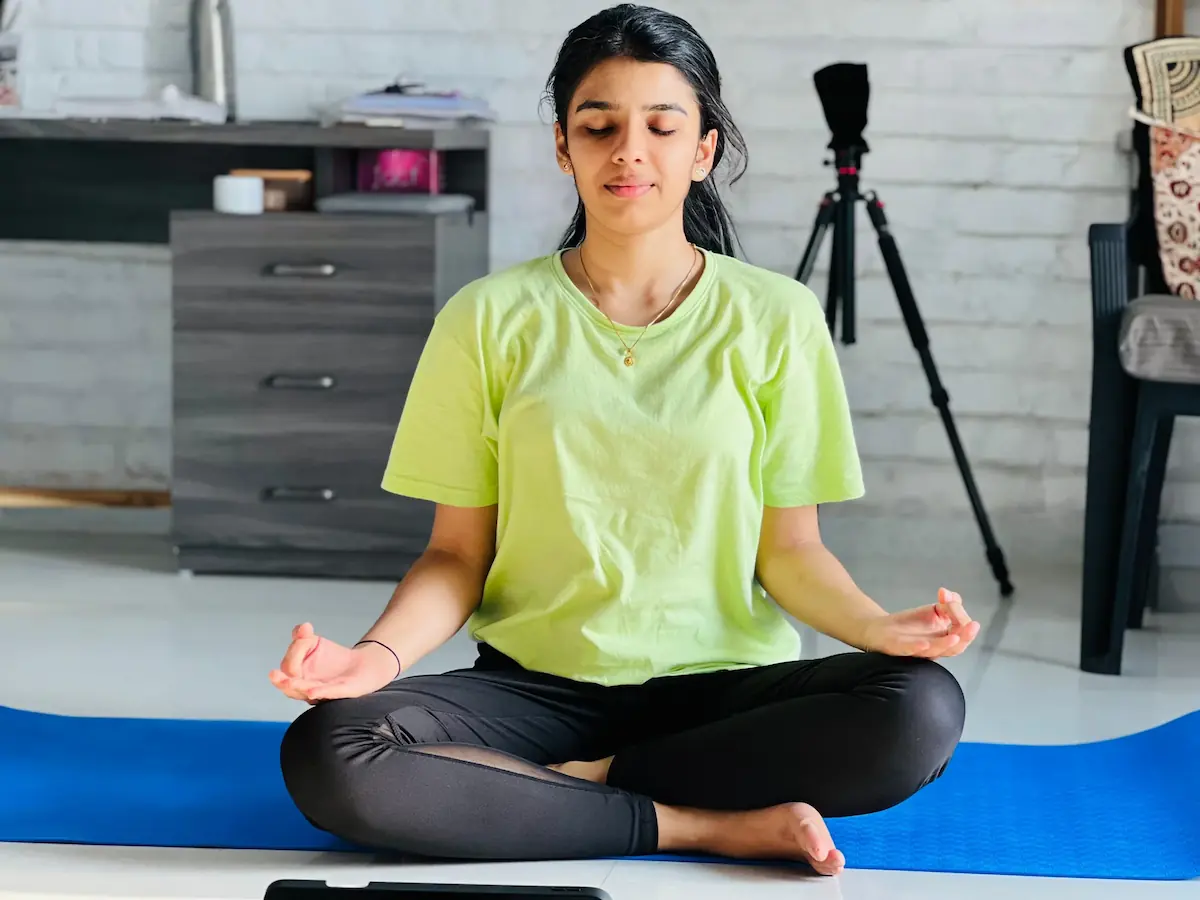In today’s fast-paced world filled with screen fatigue, constant notifications, and mental overload, finding moments of calm and clarity can feel like a luxury. But what if you could boost your memory, sharpen your focus, and calm your mind all from the comfort of your home? That’s where yoga comes in.
Practicing yoga regularly isn’t just about physical flexibility it’s also a powerful way to strengthen the brain and bring balance to your mental state. Whether you’re a student, professional, or retiree, these beginner-friendly yoga poses can help improve concentration, reduce stress, and refresh your mind naturally.
Here are 7 simple yoga practices to enhance memory and focus no experience needed!
Tadasana (Mountain Pose) – For Grounded Awareness
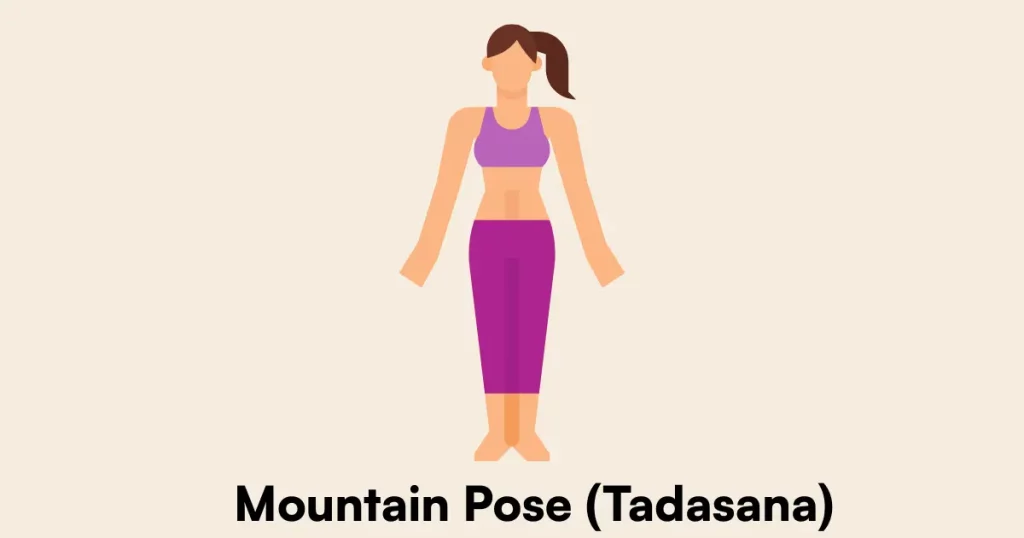
How to do it:
- Stand tall with feet hip-width apart, arms by your side.
- Inhale deeply and raise your arms overhead, palms facing each other.
- Stretch upward through your fingers, lengthening your spine.
- Exhale, relax your shoulders, and breathe naturally for 30 seconds to 1 minute.
Benefits:
- Improves posture and balance.
- Increases oxygen supply to the brain, enhancing mental alertness.
Tip: Focus on your breath and body alignment for maximum benefit.
Sarvangasana (Shoulder Stand) – Brain Booster

How to do it:
- Lie on your back, legs straight.
- Lift your legs, hips, and back off the floor, supporting your lower back with your hands.
- Keep legs straight and point toes up.
- Hold for 30 seconds, then gently lower down.
Benefits:
- Stimulates blood flow to the brain.
- Reduces anxiety and supports better sleep.
Precaution: Avoid if you have neck pain, high blood pressure, or eye issues.
Adho Mukha Svanasana (Downward-Facing Dog) – Mental Clarity
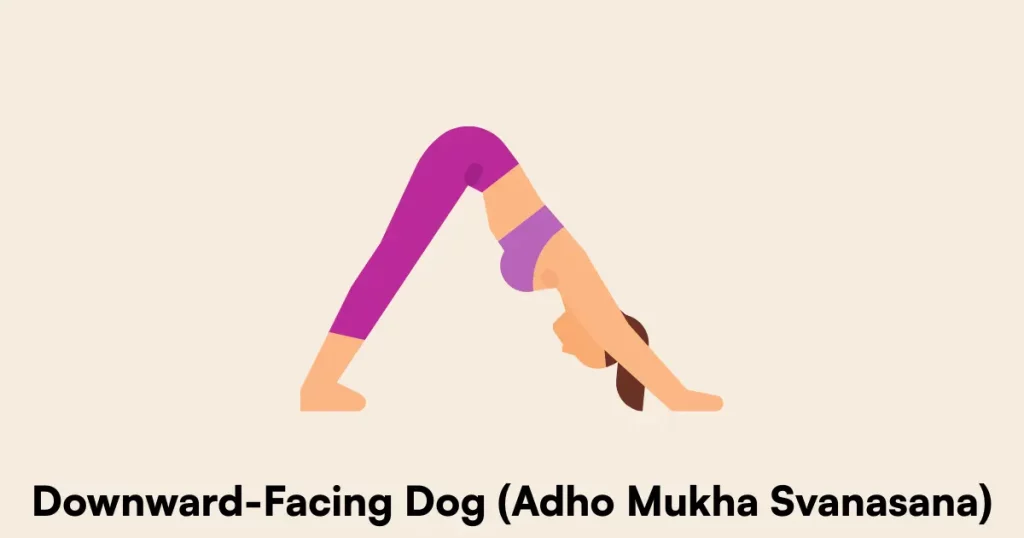
How to do it:
- Start on your hands and knees.
- Tuck your toes, lift your hips, and straighten your legs into an inverted V shape.
- Keep your spine long, and heels reaching toward the floor.
- Hold for 1 minute while breathing deeply.
Benefits:
- Improves blood circulation to the brain.
- Helps release tension and mental fatigue.
Tip: Keep knees slightly bent if hamstrings are tight.
Padmasana (Lotus Pose) – Calm Focus

How to do it:
- Sit with legs crossed and place each foot on the opposite thigh.
- Rest hands on knees in Chin Mudra (thumb and index finger touching).
- Keep the spine upright, close your eyes, and breathe deeply for 2-5 minutes.
Benefits:
- Encourages mental clarity and emotional balance.
- Enhances meditation and alpha brainwave activity.
Modification: Beginners can sit in Sukhasana (Easy Pose) if full lotus is uncomfortable.
Nadi Shodhana Pranayama (Alternate Nostril Breathing) – Mind & Mood Balance
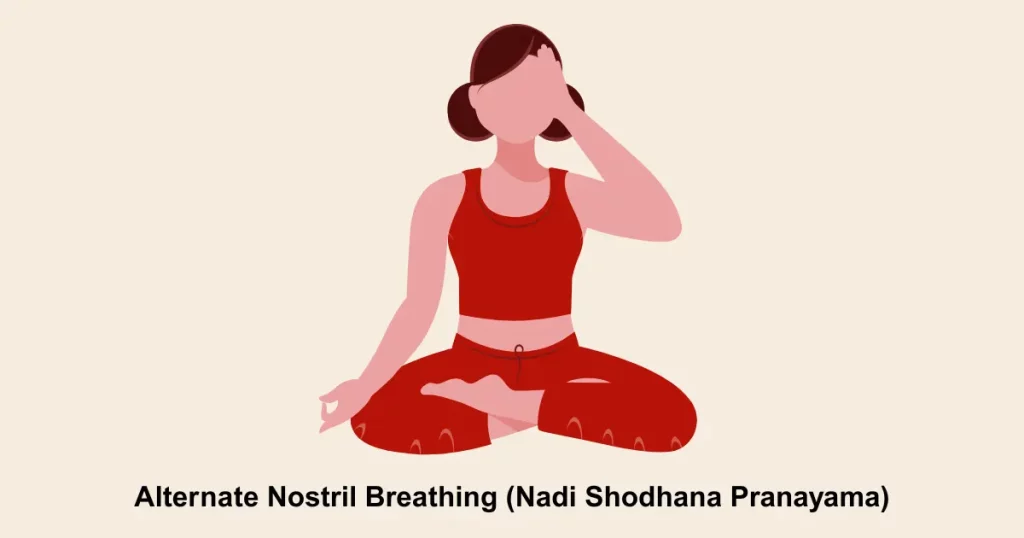
How to do it:
- Sit comfortably with a straight spine.
- Close your right nostril with your thumb and inhale through the left.
- Close the left nostril with your ring finger and exhale through the right.
- Continue for 5-10 minutes.
Benefits:
- Balances left and right brain hemispheres.
- Reduces stress, improves memory, and mental sharpness.
Tip: Practice in the morning or before studying/working for better focus.
Trataka (Candle Gazing) – Laser-Like Concentration
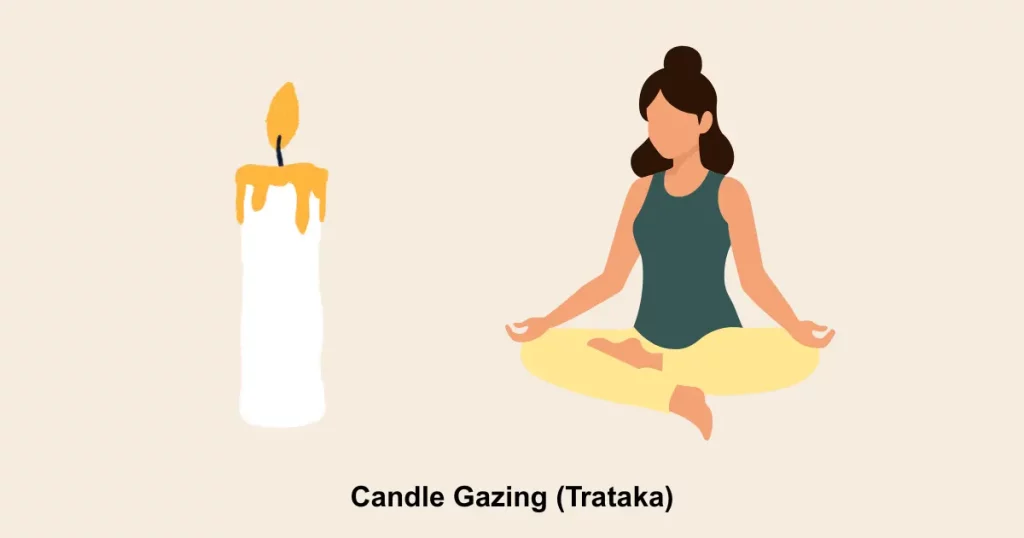
How to do it:
- Sit comfortably in a dark room with a candle at eye level.
- Gaze steadily at the flame without blinking for 1-2 minutes.
- Close your eyes and visualize the flame in your mind.
Benefits:
- Improves concentration and memory retention.
- Reduces eye strain and mental distractions.
Precaution: Do not overstrain your eyes stop if they become too watery.
Balasana (Child’s Pose) – Deep Relaxation

How to do it:
- Kneel on the floor, sit back on your heels.
- Bend forward and extend your arms in front, resting your forehead on the mat.
- Hold for 1-3 minutes, breathing deeply.
Benefits:
- Calms the nervous system and reduces overwhelm.
- Gently relieves tension from the back, neck, and shoulders.
Tip: Use a cushion under the forehead for added comfort.
30-Day Brain Yoga Challenge
Set aside just 20 minutes a day to practice these poses. Begin with breathing (Nadi Shodhana), follow with 3-4 asanas of your choice, and end with meditation or Trataka. In a few weeks, you may notice sharper focus, calmer thoughts, and better decision-making.
Final Thoughts
Yoga is a simple, natural way to power up your brain and calm your mind. You don’t need a studio or special gear just a quiet corner, a yoga mat, and a willingness to begin.
Start slow, be consistent, and let each breath and movement guide you toward better clarity and peace of mind.
Your journey to better brain health begins on the mat one pose at a time.
